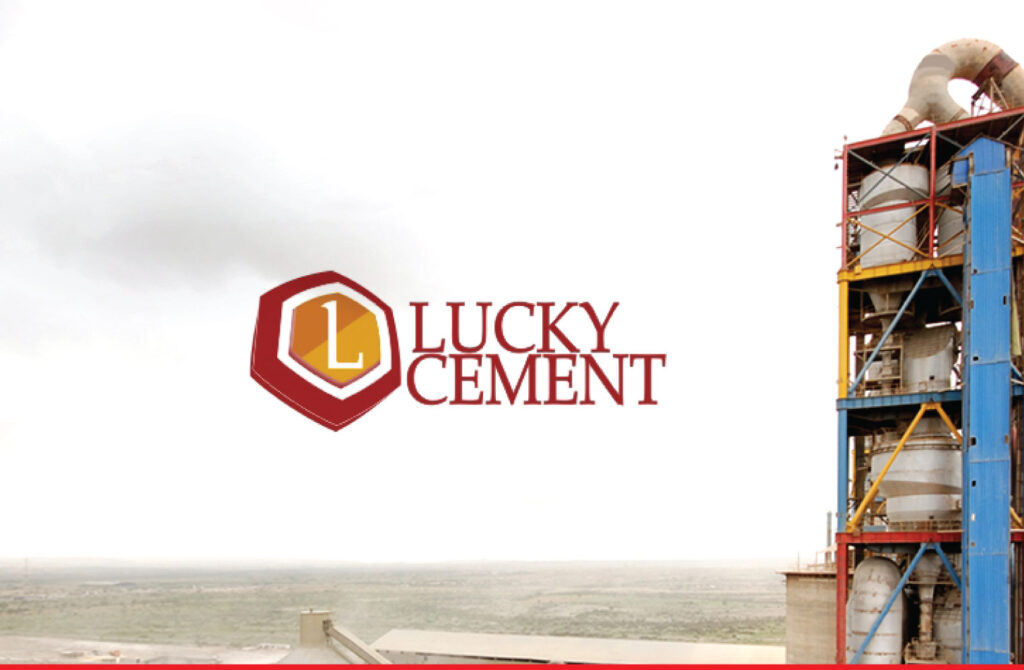Lucky Cement Limited (PSX: LUCK) announced its financial results for the first half of financial year 2023-24 (1HFY24) today, posting an unconsolidated net profit of Rs. 13.7 billion (EPS: PKR 46.79), a hefty jump of 92 percent YoY.
On a quarterly basis, the unconsolidated net profit arrived at Rs. 6.78 billion compared to Rs. 3.28 billion in SPLY, depicting a surge of 107 percent YoY. Consolidated earnings in 2QFY24 ascended by 69 percent YoY, settling at Rs. 17.6 billion (attributable to owners of the holding company) versus Rs. 10.46 billion in SPLY. The increase in consolidated earnings is attributable to higher earnings from cement operations, LEPCL, and LCI, according to Arif Habib Limited.
Net sales during 2QFY24 clocked in at Rs. 30.5 billion, displaying a jump of 19 percent YoY in contrast to Rs. 25.6 billion in SPLY due to a rise in volumetric sales in tandem with better retention prices. During the period in review, total dispatches rose by 13 percent YoY reaching 2.25 million versus 1.99 million in SPLY, mainly due to a rise in exports to 0.6 million, up by 95 percent YoY.
Gross margins for 2QFY24 settled at 36 percent compared to 25 percent in SPLY amid a spike in cement prices coupled with a fall in coal prices.
Finance costs of the company climbed by 18 percent YoY to clock in at Rs. 424 million in 2QFY24 on the back of elevated interest rates.
LUCK’s other income saw an uptick of 263 percent YoY clocking in at Rs. 3 billion on the back of Rs. 1.4 billion in dividends received from LMC.
The company booked effective taxation at 33 percent in 2QFY24.
The earnings per share (EPS) of the company clocked in at Rs. 46.79 in 1HFY24 and Rs. 23.14 in 2QFY24.
At the time of filing, LUCK’s scrip at the bourse was Rs. 750.01, up 0.05 percent or Rs. 0.34 with a turnover of 172,787 shares on Friday.
Auto Sector Down, Mobile Phone Segment Sess Improvement
Since the beginning of July 2023, the automobile sector has experienced a sharp decline in volumes. This downturn is attributable to several factors including currency fluctuations, the introduction of 1 percent CVT on cars with an engine capacity of 1300 CC and above, increased Sales Tax rates from 17 percent to 25 percent on cars with an engine capacity of 1400 CC and above and for SUVS regardless of their engine capacities.
Moreover, challenges have been compounded by high interest rates, stricter auto financing regulations by the State Bank of Pakistan (SBP), and rising inflation and fuel prices. During 1H FY24, the automobile sector observed an overall volume decline of more than 50 percent compared to SPLY.
However, the mobile phone market has seen an overall improvement during this period compared to SPLY. This was attributable to the improved supply situation following the lifting of import restrictions on mobile phone SKD kits by the government.
Future Outlook
The current fiscal year continues to be marked by economic and political challenges. Additionally, the General Elections outcome will play a crucial role in determining economic growth and investor confidence. Furthermore, the ongoing Palestinian conflict poses potential far-reaching repercussions for global economies. The complete extent of the conflict’s outcome is expected to become clearer over time.
The outlook for the automobile sector is sluggish, with sales volumes under pressure due to economic slowdown, higher taxes on cars and SUVs, and fluctuations in the PKR to USD parity. However, the subsidiary’s focus on optimizing its operations and localization will help reduce reliance on imported components, protecting margins, and enhancing competitiveness.
The mobile industry is expected to show recovery due to higher sales of low-end mobile phones. LMC has already shifted its focus to producing and promoting low-cost phones.
Cement Operations
Post-election political stability, could direct resources towards development projects, and stimulate local cement demand in the medium term. The management remains proactive in enhancing manufacturing efficiency and investing in renewable energy.
Strong demand is anticipated for international cement operations and the companies are well-positioned to benefit from increased utilization of existing operational lines in the forthcoming financial periods. Moreover, the addition of a new clinker line, with a capacity of 1.82 MTPA, in Samawah, Iraq, will greatly enhance the operational efficiencies of the business. This strategic move plays a crucial role in achieving self-reliance in terms of clinker availability within Iraq.
